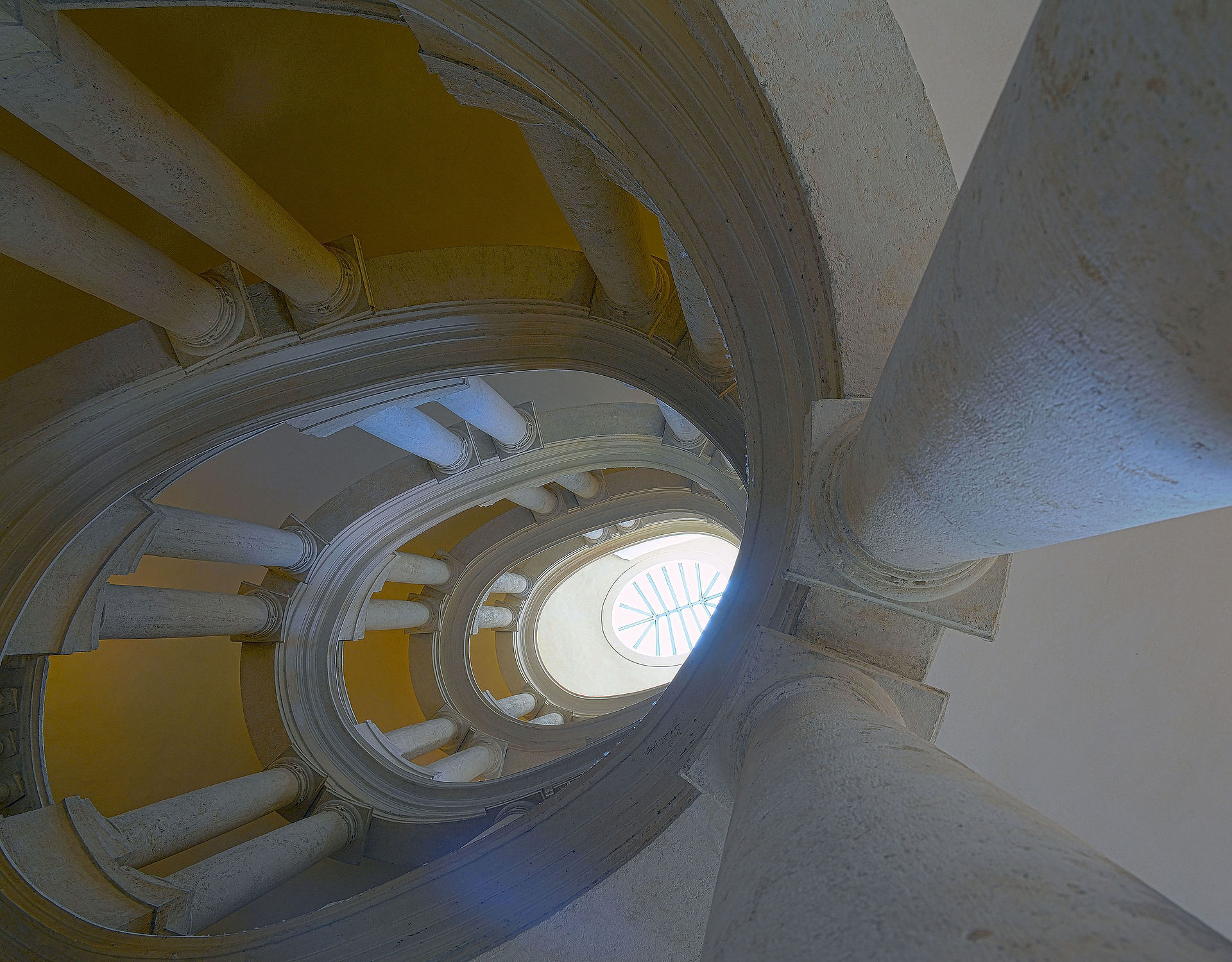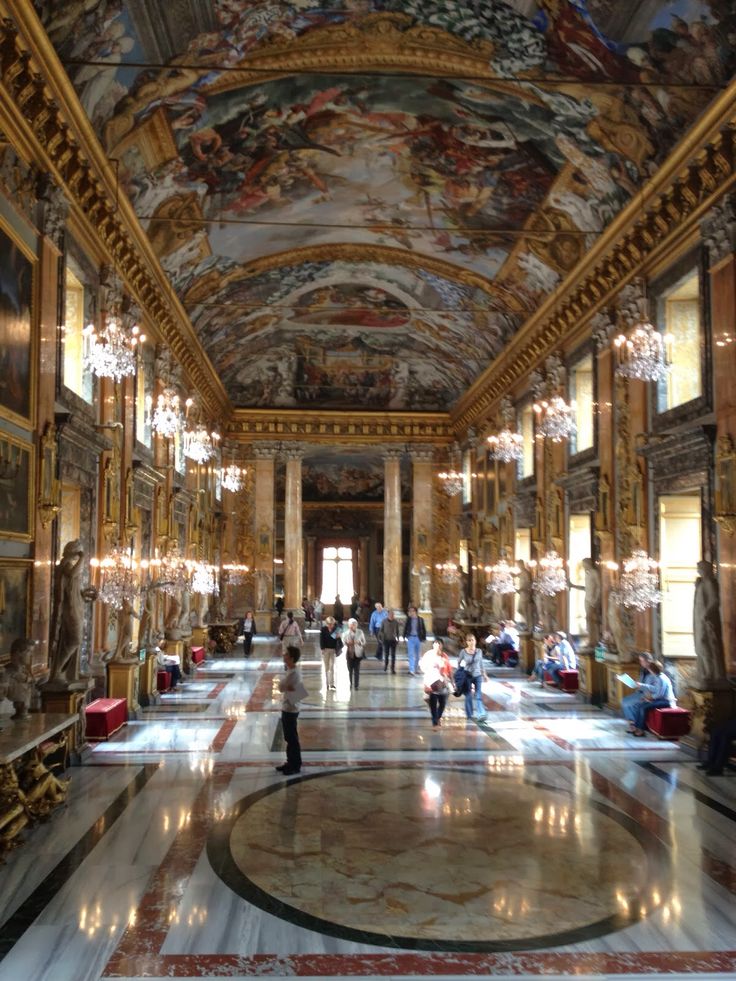The birthday of a Palazzo: on 18 December 1625, Maffeo Barberini, or Pope Urban VIII, purchased some land on the Quirinale Hill of Rome. Over the following years—and especially between 1628 and 1638—the suburban site would become one of the most famous and original buildings of early modern Italy. The palace has a unique plan shaped like an H. Between the legs of the H a portico looks towards the Vatican and St Peter’s, where Urban VIII lived as a Pope and where he changed the fortunes of his family forever.
Thanks to its H-shaped structure, the palace has two side wings which were initially intended as residence for two of the Pope’s nephews, Taddeo and Francesco Barberini, These private apartments are reached through grand staircases from the palace’s salone, the main hall which opens right behind the portico.
The palace’s original design was the result of many changes of plan. The project’s architects—initially Carlo Maderno and then Gianlorenzo Bernini—were influenced by discussions with their attentive patrons as well as by the most recent architectural developments. They were helped by assistants who would become leading architects in their own right, for example Francesco Borromini, who realised several architectural drawings for the project.
Very few years after its completion, the palace was substantially remodelled to create new vistas and access routes through the grounds and to make space for the Barberinis’ large collection of painting and sculpture. An impressive series of ceiling paintings added to the splendour of the display, comprising works by contemporary artists but also of sixteenth-century pieces transferred from the previous residence of the Barberini family. The decoration is notable for its stylistic variety, possibly a result of the speed at which the interiors were finished before the arrival of the palace’s inhabitants. Many well-known Roman artists took part in the project, for example Andrea Sacchi, Giovanni Francesco Romanelli, Paolo Baldini, Giacinto Gimigani and Andrea Camassei. The most important was surely Pietro da Cortona, the overseer of the project responsible for the famous fresco in the Palace’s salone, Triumph of Divine Providence and the Accomplishment of its Ends through the Pontificate of Urban VIII Barberini, a tour-de-force of baroque illusionism.
Pietro da Cortona, Ceiling vault in the Salone, 1633-39, fresco. Rome, Palazzo Barberini. Source: Web Gallery of Art.
Pietro da Cortona, Design for the ceiling of the salone of Palazzo Barberini, 1633-39, pen with brown wash, 427 x 562 mm. Vienna, Graphische Sammlung Albertina. Source: Web Gallery of Art.
Palazzo Barberini, interior, staircase by Francesco Borromini. Source: Wikimedia Commons.
Palazzo Barberini, interior. Wikimedia Commons.
Palazzo Barberini, façade, detail. Wikimedia Commons.
Palazzo Barberini, exterior. Wikimedia Commons.
Reference: ‘Palazzo Barberini.’ Grove Art Online http://www.oxfordartonline.com/groveart/view/10.1093/gao/9781884446054.001.0001/oao-9781884446054-e-7002287914.





